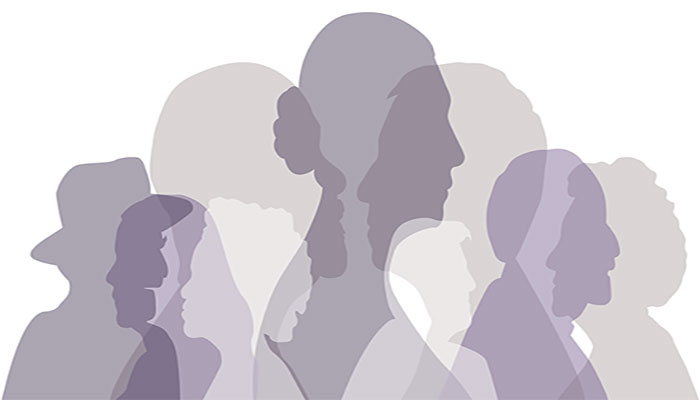
Exploitation of older adults is an issue none of us likes to think about. But it’s a growing problem. One in 10 Americans age 60 or older has experienced some form of elder abuse. It is estimated that up to 5 million elders are abused each year.
Elder abuse includes intentional acts of malice. Also, simple acts of neglect or ignorance.
There are seven types of abuse:
- Emotional abuse. Attacking or humiliating a person verbally. Intimidation. Harassment. Threats of abuse.
- Financial exploitation. The misuse or withholding of the older adult’s financial resources. Taking money. Selling the older adult’s possessions for personal gain. Forging a signature. Or forcing an elder to sign documents.
- Physical abuse. Hitting, shaking, pinching. Any action that causes pain or injury.
- Sexual abuse. Sexual acts or sexual touch when the older adult does not consent or is threatened or physically forced. Also, sexual contact with a mentally confused person who doesn’t understand enough to give consent.
- Passive neglect. Refusing or failing to provide for an elder’s basic needs such as food, clothing, shelter, or medical care.
- Willful deprivation. Denying an older adult medication, medical care. Also shelter, food, or other physical assistance. Exposing them to the risk of physical, mental, or emotional harm.
- Confinement. Isolating or restraining an older adult other than for medical reasons.
Elder abuse is often rooted in family problems. Sixty percent of those who exploit elders are family members. Frequently it is a spouse or adult child. Key risk factors include:
- A relationship with a history of domestic violence.
- Personal problems. Drug or alcohol abuse or mental illness of the family caregiver. An adult child who is financially dependent.
- Isolation of the elder. Blocking contact with others creates a situation ripe for abuse.
To report elder abuse
Call 911 if the person is in immediate, life-threatening danger. Otherwise, if you suspect elder abuse, contact a local Adult Protective Services office.

